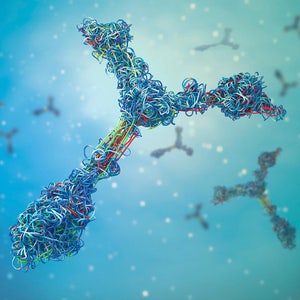Identifying, counting, and performing quantitative measurements on cells or cellular responses throughout discovery and development workflows can be challenging. This is because the varying complexities of biological sources involved in studies and treatments require individualized and optimized conditions, formulations, and specialized bioprocessing steps that are dependent on their intended use.
Achieving optimization requires consideration of several key factors when determining the best procedures, parameters, and system selections for each planned experiment.
Cell counting challenges
Highly accurate cell characterization relies on optimizing cell counting as an entire process from cell sample collection to data analysis and presentation. Several challenges and variables can hinder high-quality cell measurements before counting even starts. For example, sample collection and preparation consistency issues can be problematic due to the following selected factors:
- Varied collection times
- Thawing rates
- Different dilutions
- Dyes
- Vessels
- Mixing strategies
After ensuring all cell counting preparation steps are optimized based on the specific cell types and assay, results may still fluctuate heavily based on the method and system chosen to distinguish viable cells from clumps, debris, and dead cells.
Cell counting system and instrument prerequisites
Cell counting systems, which include the instrument, software, reagents, and consumables, are essential to gathering the desired data within a controlled environment. Knowing how a cell counting system produces results, how fast it is, and if it’s scalable are all secondary questions to whether the system can support the specific experimental requirements needed for the given target to produce high-quality results.
A cell counting instrument must be reliable, with low instrument-to-instrument variability, and have the ability to identify, count, gather, and store information for a wide variety of cell types and reagents. Advanced algorithms are also required to handle the variation in cell morphology amidst the cellular clumps and debris present in mixed samples.
Once the cells are counted, it is important to remember that differences in variables, compensation rates, calculations, and the data acquisition and analysis output of the software can severely impact result reliability.
Considerations for cell counting method selection
Achieving accurate cell counts, viability percentages, and biomarker measurements for clinical trials and process development starts with selecting and evaluating an appropriate cell counting method. This includes selecting the correct cell counting assay, reagents, consumables, and software analysis that are specialized for a particular cell type.
There are several considerations when comparing cell counting methods and determining the most effective strategy. A particular method also should not be assumed to be the “golden standard” based on previously reported results or current use as variables are site and system dependent.
Where to begin with choosing the best cell counting method
Selecting an appropriate cell method involves discerning whether the method produces results with sufficient accuracy, precision, and robustness. Based on the directions and recommendations from the US Food and Drug Administration (FDA), the US National Institute of Standards and Technology (NIST), and the International Organization for Standardization (ISO) we have developed expert yet easy-to-understand guidance on cell counting method qualification.
Our easy-to-read eBook explains key factors to consider when optimizing cell counting result reliability. We address the importance of robust cell data while providing workflow solutions and insight to improve the cell counting process for each sample and cell type based on proper planning and investigation.
For research use only. Not for use in diagnostic procedures.










































